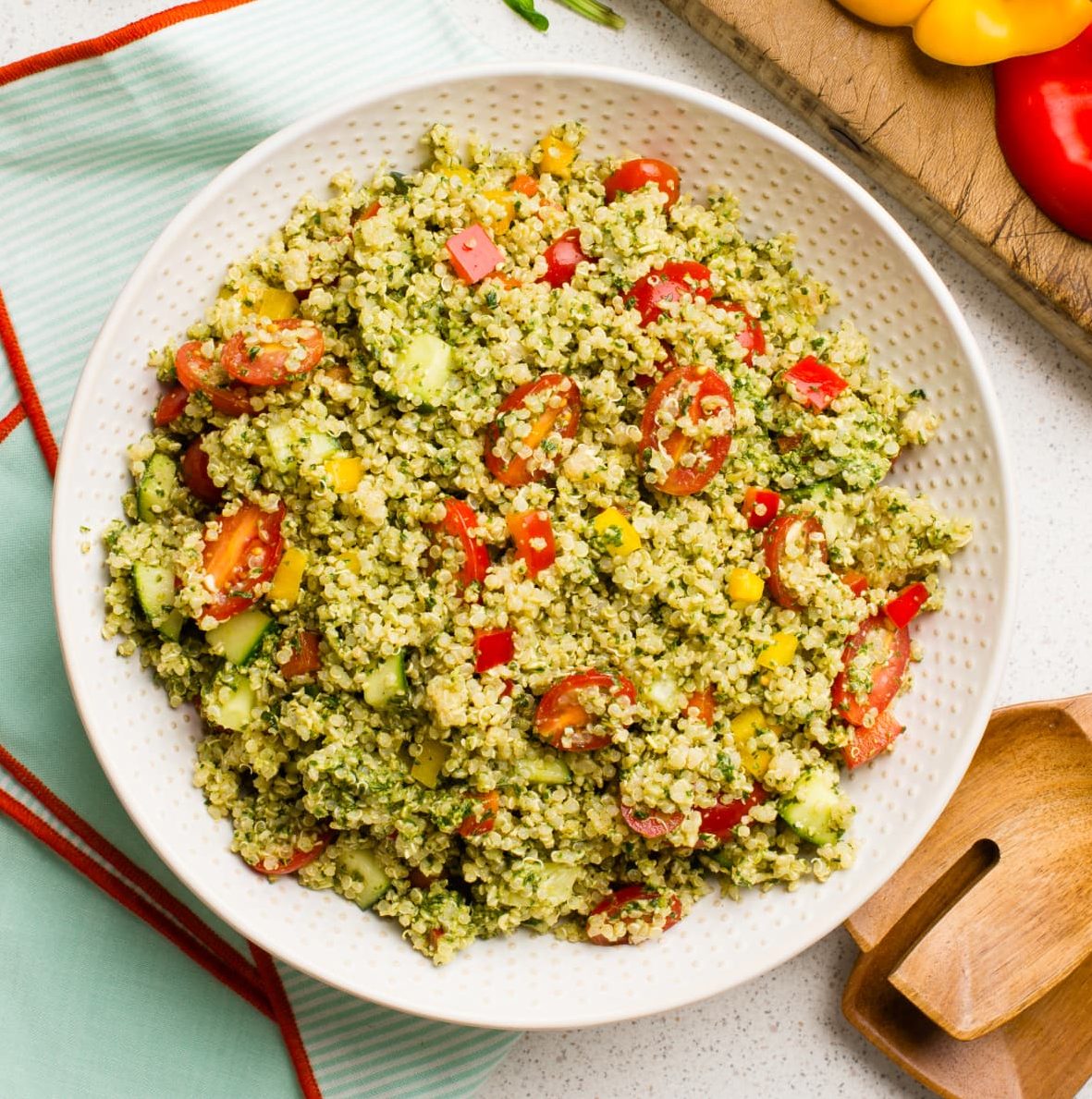In today’s fast-paced world, the convenience of fast food often takes precedence over the art of home cooking. Many of us have been there—grabbing a quick burger or a slice of pizza on the way home after a long day, simply because it’s easier than cooking. But as the days turn into months, and months into years, the effects of relying on fast food can take a toll on our health and well-being. However, making the transition from fast food to home-cooked meals doesn’t have to be daunting. With the right approach, you can transform your eating habits and rediscover the joys of cooking at home.
Understanding the Fast Food Trap
The appeal of fast food is undeniable. It’s quick, accessible, and often affordable. For busy individuals and families, it provides a seemingly perfect solution to the daily question, “What’s for dinner?” However, the long-term costs of this convenience can be significant. Fast food is often high in calories, unhealthy fats, and sodium, while being low in essential nutrients. Over time, this can lead to various health issues, including obesity, heart disease, and diabetes. Beyond the physical effects, relying on fast food can also disconnect us from the experience of eating and appreciating wholesome, nourishing meals.
Starting the Transition
The first step in moving away from fast food is recognizing the benefits of home-cooked meals. Cooking at home gives you control over the ingredients, allowing you to choose fresh, high-quality produce and tailor meals to your dietary needs. It’s also an opportunity to experiment with new flavors and cuisines, making the process enjoyable rather than a chore.
Begin your transition by setting small, achievable goals. Instead of cutting out fast food entirely, start by preparing one or two meals at home each week. Choose simple, time-efficient recipes that don’t require extensive cooking skills or equipment. For instance, a hearty vegetable stir-fry or a baked chicken dish can be both nutritious and easy to prepare. As you become more comfortable in the kitchen, gradually increase the number of home-cooked meals until it becomes a regular part of your routine.
Meal Planning: Your New Best Friend
One of the key strategies in embracing home cooking is effective meal planning. Planning your meals in advance not only saves time and reduces stress but also minimizes the temptation to order takeout at the last minute. Start by creating a weekly menu that includes a variety of dishes you and your family enjoy. Consider making larger portions that can be reheated for lunch or dinner the next day. This approach ensures you always have a healthy meal on hand, even on the busiest days.
Another helpful tip is to batch cook on weekends or days when you have more free time. Prepare and freeze meals that can be quickly heated up during the week. This way, you’re less likely to rely on fast food when you’re short on time.
Reaping the Benefits
As you transition to home-cooked meals, you’ll likely notice positive changes in your health and overall well-being. Cooking at home encourages healthier eating habits, as you’re more aware of what goes into your food. Additionally, the act of cooking can be therapeutic, providing a creative outlet and a sense of accomplishment.
In conclusion, while fast food may be convenient, the long-term benefits of home-cooked meals far outweigh the ease of picking up takeout. By gradually incorporating more home-cooked meals into your routine, you can improve your health, connect more deeply with the food you eat, and enjoy the process of cooking. So, why not start today? Take that first step toward transforming your fast food habits and embracing the many rewards of cooking at home.







